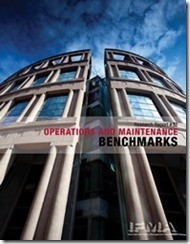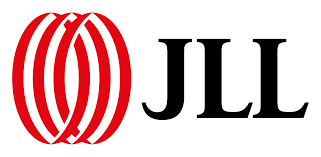
The IFMA report surveyed over 650 Operations and Maintenance organizations to compile the benchmarks detailed in the report. The data breaks out janitorial, maintenance and utility costs by facility type, industry, age, region, climate zone, and many other sorts. The report also includes staffing and utility consumption data for more than 600 million square feet of facilities.
So, what does this report mean for your facility?
Organizations become their benchmarking metrics. “Metrics are what you measure. And what you measure is what you manage to,” said Jeff Bladt and Bob Filbin, “Know the Difference Between Your Data and Your Metrics”, Harvard Business Review. Proper benchmarking metrics provide key data sets that are easily collected and that help you make management decisions. For example, is your daytime cleaning cost-effective? Is your facility spending more on electricity than other similar properties? Is your Operations and Maintenance department staffed appropriately? Are you being recognized for the cost-savings in maintenance expenses when compared to similar departments or facilities? Benchmarking tools can help identify areas to improve your operation, allocate resources effectively, and set realistic target goals.
Reports like IFMA’s Operations and Maintenance Benchmarks provide valuable data tools for your organization to see and compare your facility against “best-in-class” organizations. How does your organization measure?
































